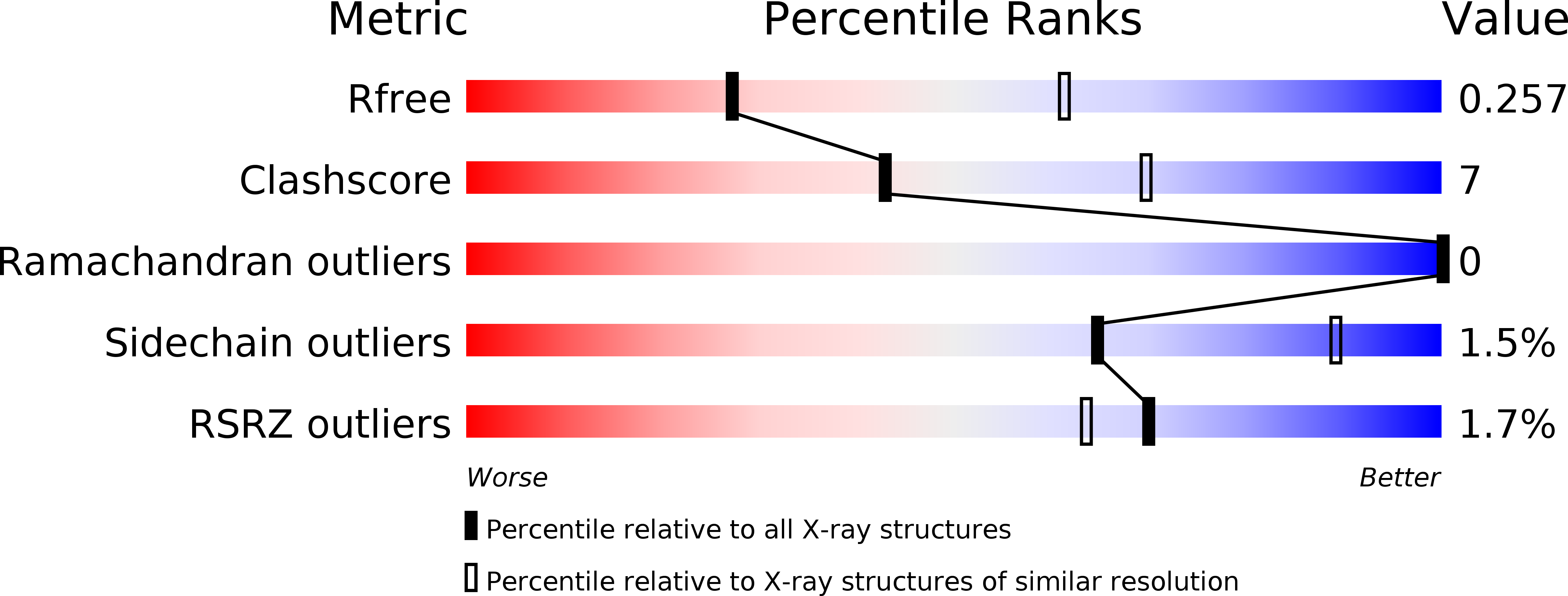
Deposition Date
2019-12-08
Release Date
2020-02-19
Last Version Date
2023-10-11
Entry Detail
PDB ID:
6V7L
Keywords:
Title:
The structure of the P212121 crystal form of canavalin at 173 K
Biological Source:
Source Organism:
Canavalia ensiformis (Taxon ID: 3823)
Host Organism:
Method Details:
Experimental Method:
Resolution:
2.80 Å
R-Value Free:
0.25
R-Value Work:
0.19
R-Value Observed:
0.19
Space Group:
P 21 21 21


